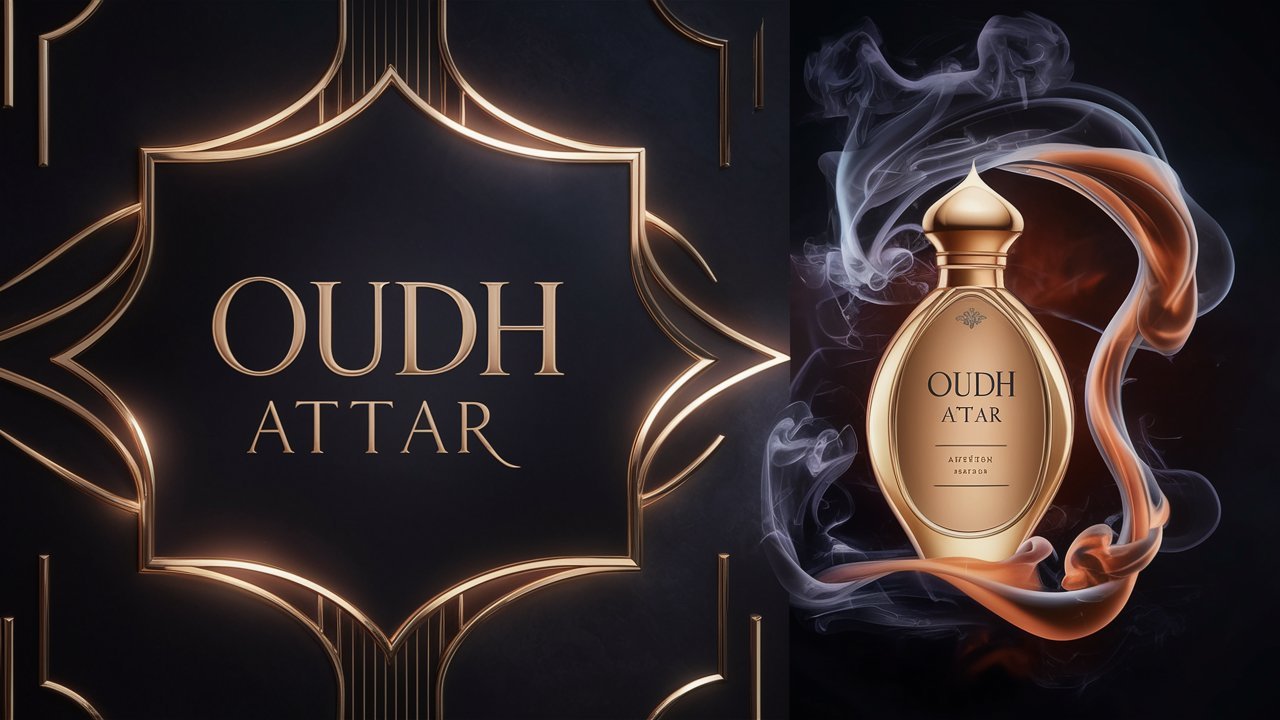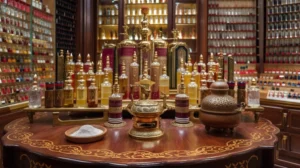Introduction
Oudh Attar, also known as Agarwood Oil, is a mystical and luxurious fragrance that has captivated the senses for centuries. With its rich history and cultural significance, Oudh Attar’s journey from ancient origins to worldwide acclaim is a fascinating tale of tradition, trade, and timeless allure. In this blog post, we will explore the history, origin, and the global spread of Oudh Attar, uncovering the secrets behind this precious scent.
The Origins of Oudh Attar
Ancient Beginnings
The origins of Oudh Attar trace back to the dense forests of Southeast Asia, primarily in countries such as India, Cambodia, Vietnam, and Laos. The resinous heartwood of the Aquilaria tree, known as Agarwood, forms the basis of Oudh. This fragrant resin develops in the heartwood of the tree when it becomes infected with a specific type of mold, creating a unique and aromatic substance.
Cultural Significance
Oudh has been revered in various cultures for thousands of years. In ancient India, it was used in religious ceremonies and traditional medicine. The scent of Oudh was believed to have calming and spiritual properties, making it an essential component of rituals and meditation practices.
The Spread of Oudh Attar
The Silk Road and Trade Routes
The spread of Oudh Attar to different regions of the world can be attributed to the ancient trade routes, notably the Silk Road. Traders from the Middle East, China, and the Indian subcontinent exchanged goods, ideas, and fragrances along these routes. Oudh Attar’s exotic and captivating scent quickly gained popularity among traders and nobility.
Middle Eastern and Islamic Influence
The Middle East played a significant role in the dissemination of Oudh Attar. The Arabian Peninsula, with its rich history of perfumery, embraced Oudh as a symbol of luxury and sophistication. Islamic culture further elevated the status of Oudh, incorporating it into daily life, religious practices, and celebrations. The Prophet Muhammad is said to have cherished the fragrance of Oudh, further enhancing its spiritual and cultural importance in the Islamic world.
The Spread to Europe and Beyond
During the medieval period, Oudh Attar found its way to Europe through interactions between the Islamic world and European traders. The Crusades and subsequent trade connections introduced Europeans to the captivating aroma of Oudh. As a result, Oudh became a prized possession among European royalty and aristocracy. The fascination with Oudh continued to grow, eventually spreading to other parts of the world, including Africa, the Americas, and East Asia.
Modern-Day Reverence and Uses
Perfumery and Luxury Fragrances
In contemporary times, Oudh Attar has retained its status as a symbol of opulence and sophistication. Renowned perfumers and luxury brands incorporate Oudh into their creations, producing high-end fragrances that are sought after by connoisseurs and enthusiasts. The unique and complex scent profile of Oudh, with its woody, earthy, and slightly sweet notes, makes it a coveted ingredient in the world of perfumery.
Traditional and Medicinal Uses
Beyond perfumery, Oudh Attar continues to be valued for its traditional and medicinal uses. In Ayurvedic and traditional Chinese medicine, Oudh is believed to have therapeutic properties, such as relieving stress, promoting relaxation, and enhancing mental clarity. Its use in aromatherapy and holistic wellness practices further underscores its enduring appeal.
Conclusion
The journey of Oudh Attar from the ancient forests of Southeast Asia to the global stage is a testament to its timeless allure and cultural significance. As we continue to embrace the enchanting fragrance of Oudh, we honor the rich history and traditions that have made it a beloved scent across diverse cultures and regions. Whether as a luxurious perfume, a spiritual aid, or a therapeutic remedy, Oudh Attar’s legacy endures, captivating hearts and senses around the world.



